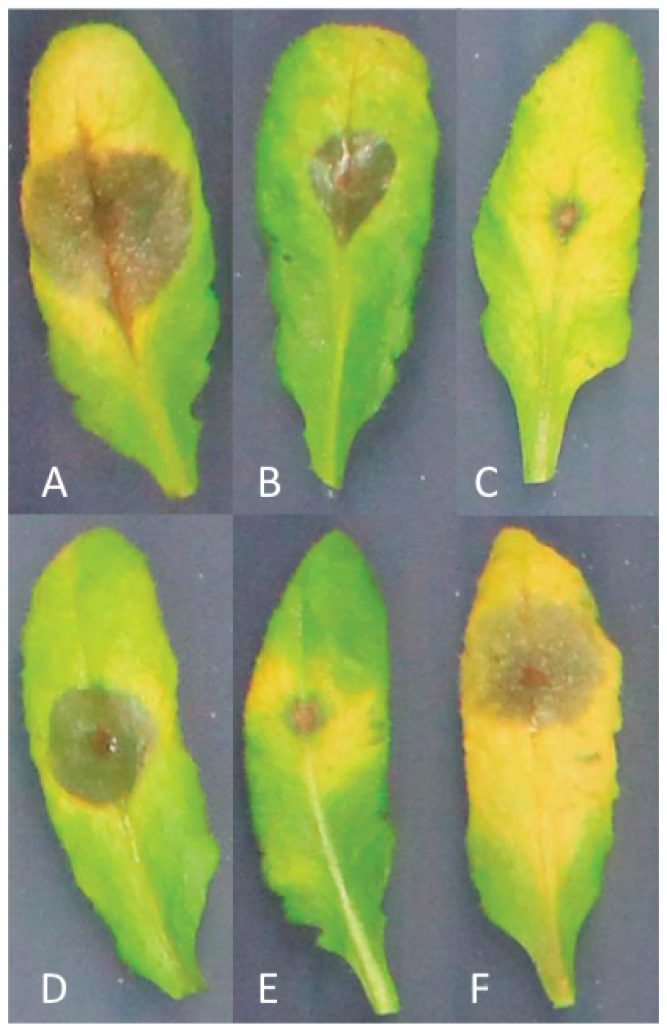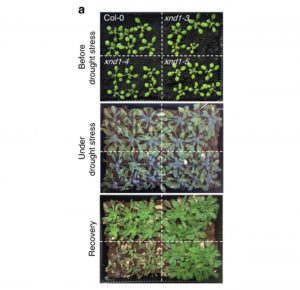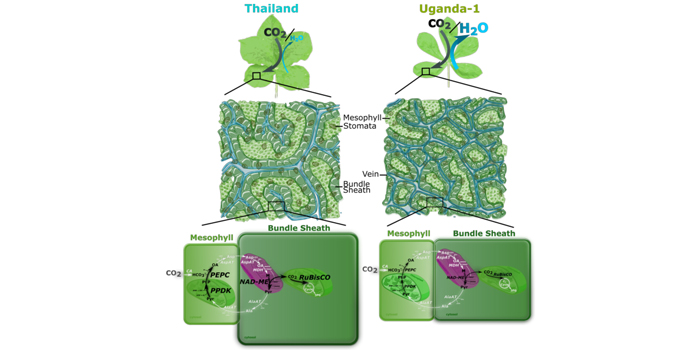
Digital imaging combined with genome-wide association mapping links loci to plant-pathogen interaction traits (Plant Phys.)
Plant Science Research WeeklyResistance to plant pathogens is often studied as a qualitative trait than quantitative, focusing on the lesion size and pathogen numbers. However, resistance to generalist plant pathogens, such as Botrytis cinerea, is known to involve multiple genes. Fordyce et al. used high-throughput phenotyping…

Modularity of genes involved in local adaptation to climate despite physical linkage (Genome Biol.)
Plant Science Research WeeklyStudying local adaptation is a tricky as the environmental parameters that we measure might affect the organism’s fitness. When local adaptation is driven by complex and non-covarying stresses, it is predicted that loci with similar pleiotropic effect are favored. Lotterhos et al. developed a framework…

The Arabidopsis negative regulator of root hydraulics XND1 is involved in abiotic and biotic stress responses (Nature Comm.)
Plant Science Research WeeklyProper uptake and management of water is essential for plant growth and adaptation to stress. However, there are gaps in the understanding of the genetics of root hydraulics, including the regulatory components. Tang et al. used a genome-wide associate analysis approach to identify XYLEM NAC DOMAIN 1 (XND1),…

Natural variation within a species for traits underpinning C4 photosynthesis (Plant Physiol)
Blog, Plant Science Research Weekly, Research, Research BlogWhile C4 photosynthesis is relatively well understood, the research community is still some distance from converting a C3 crop to one that performs C4 photosynthesis. There are many reasons for this, including the complex requirement to reconstitute Kranz leaf anatomy in a C3 species, and the elusive…

